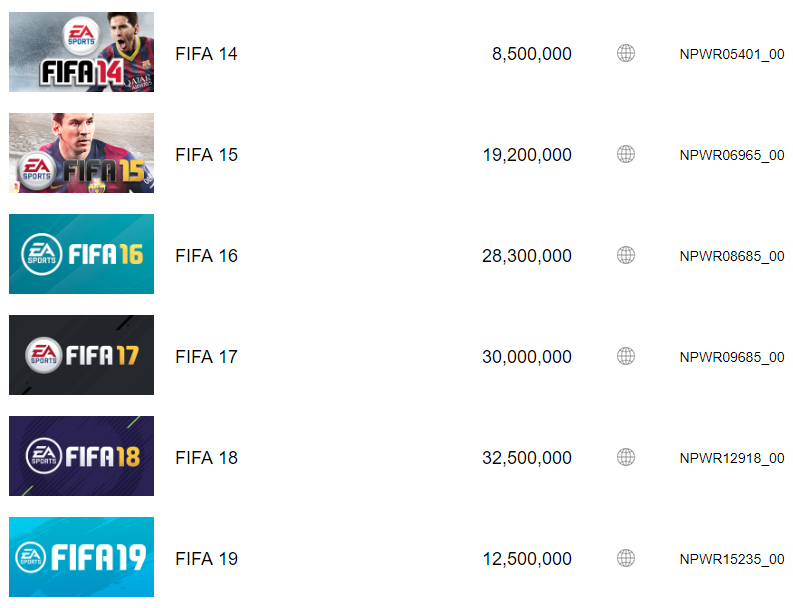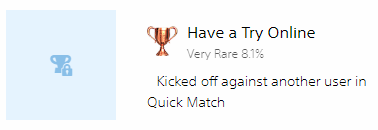Of course, it'd be much better if we had an idea of how many sales of each game there had been over the course of 2-3 months, as they're the figures we're seeing now for the current titles (well, we're seeing player data, not sales data).
With that caveat in mind, here are the
VGchartz PS4 FIFA 18 sales figures - month one,
4.3m, month two,
1.3m, month three,
600k, and after that it dwindles (before the sales hit, just before the new game is released). You could argue that VGchartz numbers aren't the most reliable
but the sales pattern
is because other sources show a similar flow.
So, if we look at those figures and say the first two months (which is the approximate time period of the player data) account for just shy of 50% of the (11.7m) sales, we can then double the "players" from this PS4 trophy method and that comes to a rough total of
25m, which is 7m short of FIFA 18, and suddenly it looks a little more realistic (and less "shocking"). So personally I think there's plenty to go on. But that's just my opinion - it's less-than-perfect data, but given how it's derived, it's certainly VALID data.
A similar pattern is visible with the
VGchartz PS4 PES 2018 sales figures, with 300k of 730k sales coming in the first three months (the approximate time period of player data), so the "final" player figure should be a little over doubled, which would be about
1.5m-ish to be generous, a drop of 0.5m on the previous year.
Another "nice-to-know" would be how many people use game-sharing on PS4. I do, with every game I have, so every game I have would be assigned two "players" in the player count. But what percentage of people do that? I can't imagine the general public do it en-masse.
Otherwise, Sony (and Microsoft) would put a stop to it; how long can you feasibly keep what is essentially a "buy one copy, get one free" structure going if a huge chunk of your audience were doing it (and it was costing you millions)?








